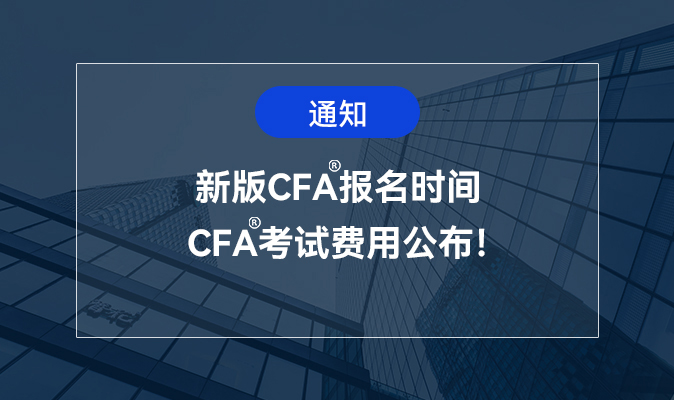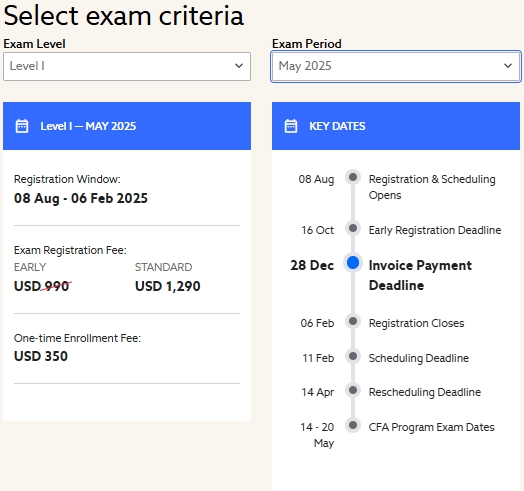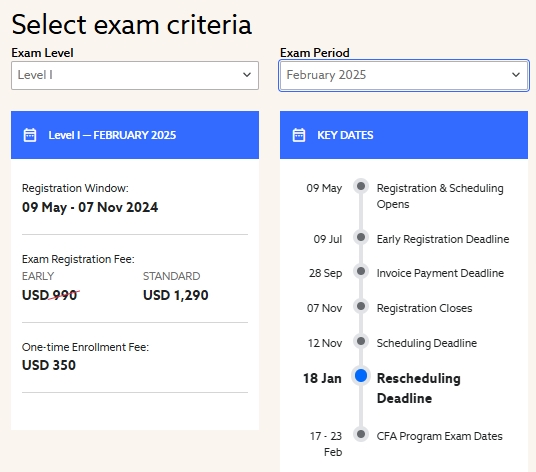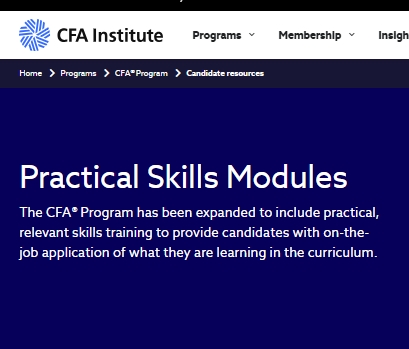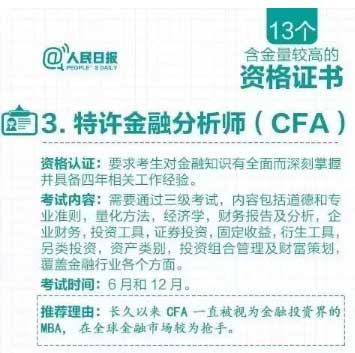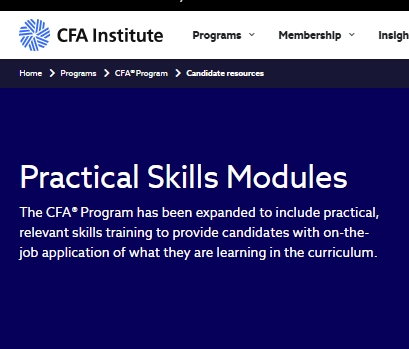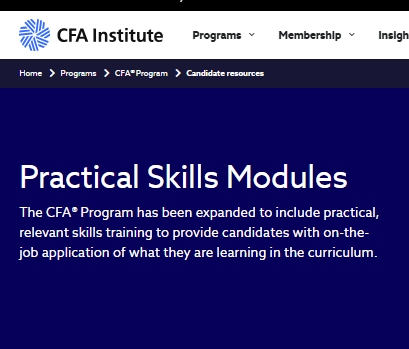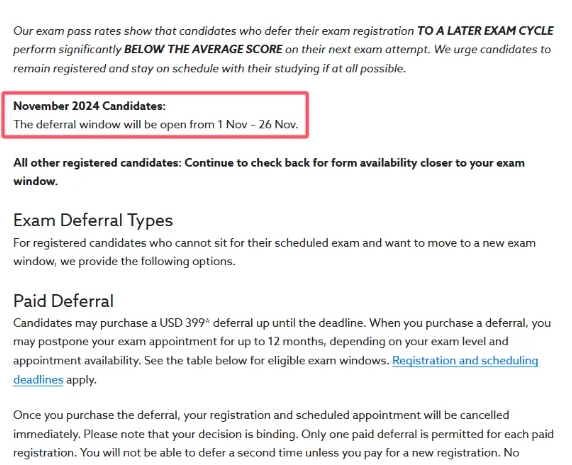
2017年CFA考试大纲具体变化如下
一、Ethical and Professional Standards
无变化
二、Quantitative Methods
无变化
三、Economics
无变化
四、Financial Reporting and Analysis
1.原2016年Reading 16删除
Inventories:Implications for Financial Statements and Ratios
2.原2016年Reading 17删除
Long-lived Assets:Implications for Financial Statements and Ratios
全球95%考生都在用:2017-2018CFA较完整资料下载即可 (资料包含CFA必考点总结,提升备考效率,加分必备).
全球95%考生都在用:2017-2018CFA较完整资料下载即可 (资料包含CFA必考点总结,提升备考效率,加分必备).
五、Corporate Finance
无变化
六、Portfolio Management
2017年新增内容
1.Measuring and Managing Market Risk
a)explain the use of value at risk(VaR)in measuring portfolio risk;
b)compare the parametric(variance–covariance),historical simulation,and Monte Carlo simulation methods for estimating VaR;
c)estimate and interpret VaR under the parametric,historical simulation,and Monte Carlo simulation methods;
d)describe advantages and limitations of VaR;
e)describe extensions of VaR;
f)describe sensitivity risk measures and scenario risk measures and compare these measures to VaR;
g)demonstrate how equity,fixed-income,and options exposure measures may be used in measuring and managing market risk and volatility risk;
h)describe the use of sensitivity risk measures and scenario risk measures;
i)describe advantages and limitations of sensitivity risk measures and scenario risk measures;
j)describe risk measures used by banks,asset managers,pension funds,and insurers;
k)explain constraints used in managing market risks,including risk budgeting,position limits,scenario limits,and stop-loss limits;
l)explain how risk measures may be used in capital allocation decisions.
2.Algorithmic trading and high-frequency trading
a)define algorithmic trading;
b)distinguish between execution algorithms and high-frequency trading algorithms;
c)describe types of execution algorithms and high-frequency trading algorithms;
d)describe market fragmentation and its effects on how trades are placed;
e)describe the use of technology in risk management and regulatory oversight;
f)describe issues and concerns related to the impact of algorithmic and high-frequency trading on securities markets.
七、Equity
1.原2016年Reading 31删除
The Five Competitive Forces That Shape Strategy
2.原2016年Reading 32删除
Your Strategy Needs a Strategy
八、Fixed Income
新增:
READING 39.CREDIT DEFAULT SWAPS
The candidate should be able to:
a)describe credit default swaps(CDS),single-name and index CDS,and the parameters that define a given CDS product;
b)describe credit events and settlement protocols with respect to CDS;
c)explain the principles underlying,and factors that influence,the market’s pricing of CDS;
d)describe the use of CDS to manage credit exposures and to express views regarding changes in shape and/or level of the credit curve;
e)describe the use of CDS to take advantage of valuation disparities among separate markets,such as bonds,loans,equities,and equity-linked instruments.
九、Derivatives
虽然这一部分结构调整很大,但核心知识点无变化
关键变动:
1.CDS删除,实际移动到固定收益
2.16年考纲提及到的Eurodollar Future,cap and floor,contango and backwardation,FRA
十、Alternative Investments
原2016年Reading 42改变
从2016 A Primer on Commodity Investing;改变为2017 Commodities and Commodity Derivatives:An Introduction
2017年新增加内容
a)compare characteristics of commodity sectors;
b)compare the life cycle of commodity sectors from production through trading or consumption;
c)contrast the valuation of commodities with the valuation of equities and bonds;
d)describe types of participants in commodity futures markets;
e)analyze the relationship between spot prices and expected future prices in markets in contango and markets in backwardation;
f)compare theories of commodity futures returns;
g)describe,calculate,and interpret the components of total return for a fully collateralized commodity futures contract;
h)contrast roll return in markets in contango and markets in backwardation;
i)describe how commodity swaps are used to obtain or modify exposure to commodities;
j)describe how the construction of commodity indexes affects index returns.
来源|高顿网校 若需引用或转载,请联系原作者,感谢作者的付出和努力!
来源|高顿网校 若需引用或转载,请联系原作者,感谢作者的付出和努力!




 考试资讯
考试资讯
 发布时间:2017-05-18
发布时间:2017-05-18


 复制本文链接
复制本文链接 模拟题库
模拟题库
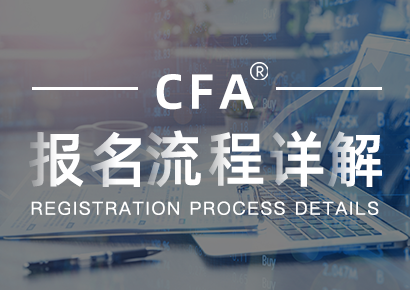
 221267
221267
